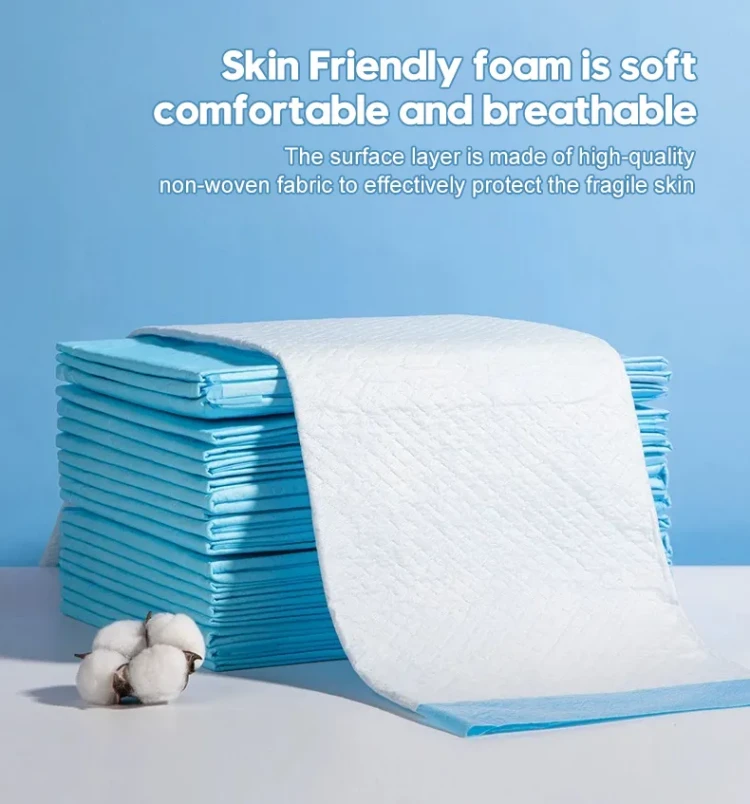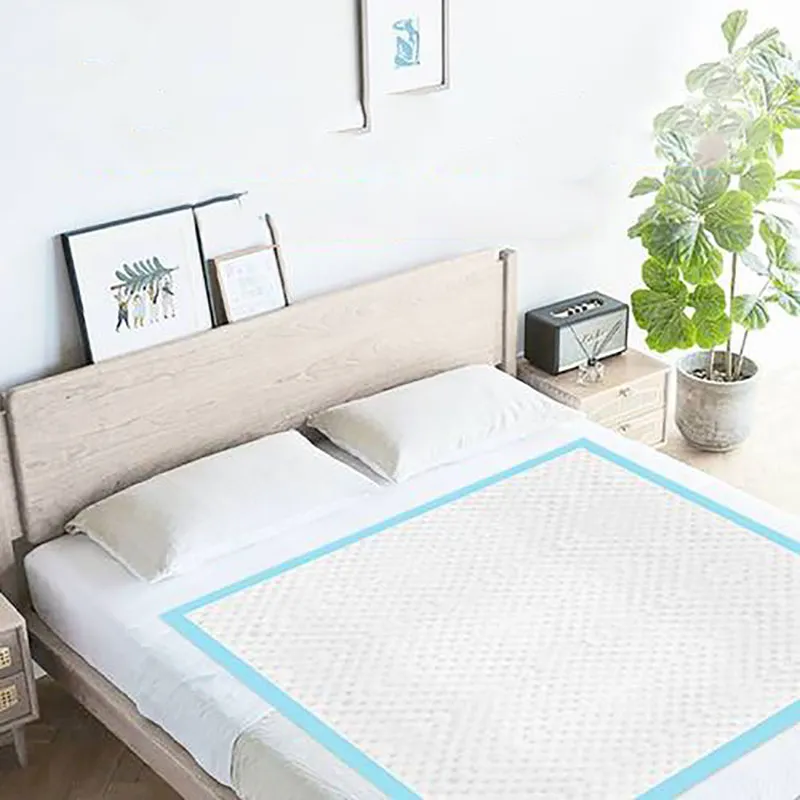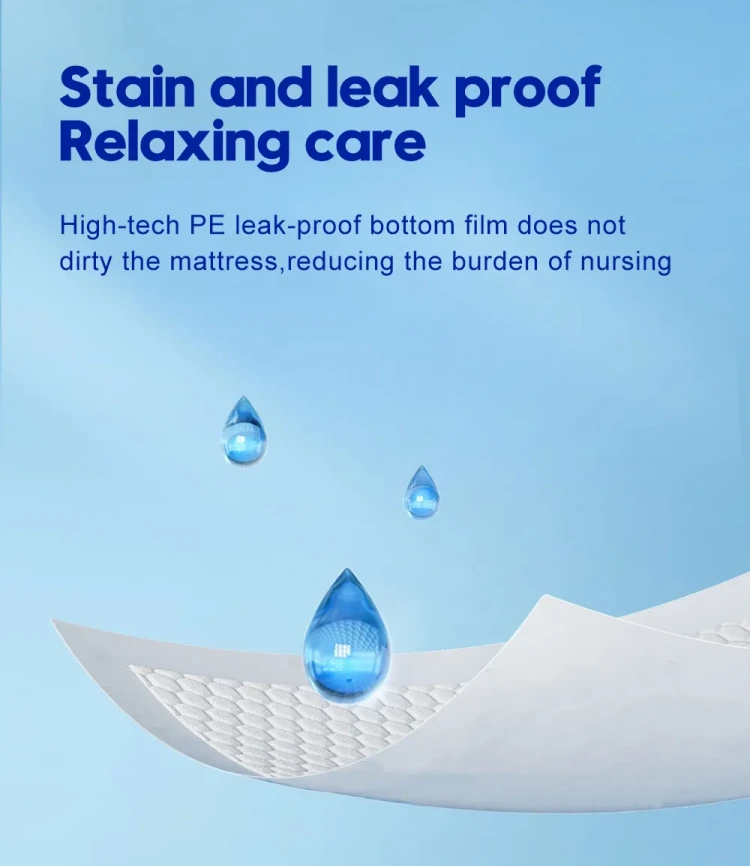Introduction:
In the realm of healthcare, maintaining a clean and hygienic environment is paramount to ensuring the well-being of patients and healthcare providers. Medical underpads serve as essential tools in this regard, offering a range of benefits that contribute to infection prevention, comfort, and overall patient care. In this article, we will explore the significance and applications of medical underpads in healthcare settings.




- Absorbency and Infection Control:
Medical underpads are designed with high absorbency capabilities, effectively containing and locking away bodily fluids such as urine, blood, and other excretions. This feature plays a critical role in infection control by preventing cross-contamination and reducing the risk of infections. By providing a reliable barrier between the patient and the underlying surface, underpads help maintain a clean and hygienic environment, safeguarding the health of both patients and healthcare professionals. - Patient Comfort and Dignity:
Underpads prioritize patient comfort and dignity. They are typically made from soft, non-irritating materials that are gentle on the skin, reducing the risk of friction and pressure ulcers. The soft top layer of underpads ensures a comfortable resting surface for patients, enhancing their overall experience during medical procedures, bedridden periods, or post-operative care. By promoting patient comfort and preserving their dignity, underpads contribute to a positive healthcare experience. - Versatility and Practicality:
Medical underpads have a wide range of applications in healthcare settings. They are commonly used in hospitals, clinics, nursing homes, and home care environments. Underpads are placed on beds, examination tables, chairs, and other surfaces to provide protection and absorbency during various medical procedures, post-operative care, incontinence management, and maternity care. Their versatility makes them an essential tool for healthcare professionals seeking to maintain cleanliness and patient comfort across different care scenarios. - Odor Control and Hygiene:
Effective odor control is crucial in healthcare settings. Medical underpads are designed with odor-reducing properties, neutralizing unpleasant smells associated with bodily fluids. This feature not only contributes to a more pleasant environment for patients, visitors, and healthcare providers but also helps maintain a sense of dignity and well-being for patients who may be dealing with incontinence issues. - Ease of Use and Disposal:
Medical underpads are designed for convenience and ease of use. They come in various sizes to accommodate different bed or surface dimensions. Underpads are lightweight and can be easily positioned and secured in place using adhesive strips or other fastening mechanisms. Once used, underpads can be quickly disposed of, saving time for healthcare professionals and ensuring a hygienic environment for subsequent patients.
Conclusion:
Medical underpads play a crucial role in healthcare settings by providing a hygienic, comfortable, and practical solution for managing bodily fluids and maintaining cleanliness. With their high absorbency, patient comfort features, versatility, and ease of use, underpads contribute to infection control, odor reduction, and overall patient well-being. By incorporating medical underpads into healthcare protocols, medical professionals can enhance patient care, promote hygiene, and create a more comfortable and dignified environment for patients and healthcare providers alike.
